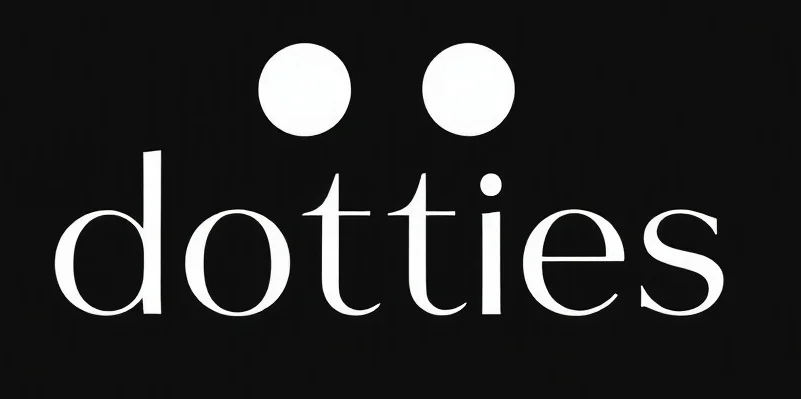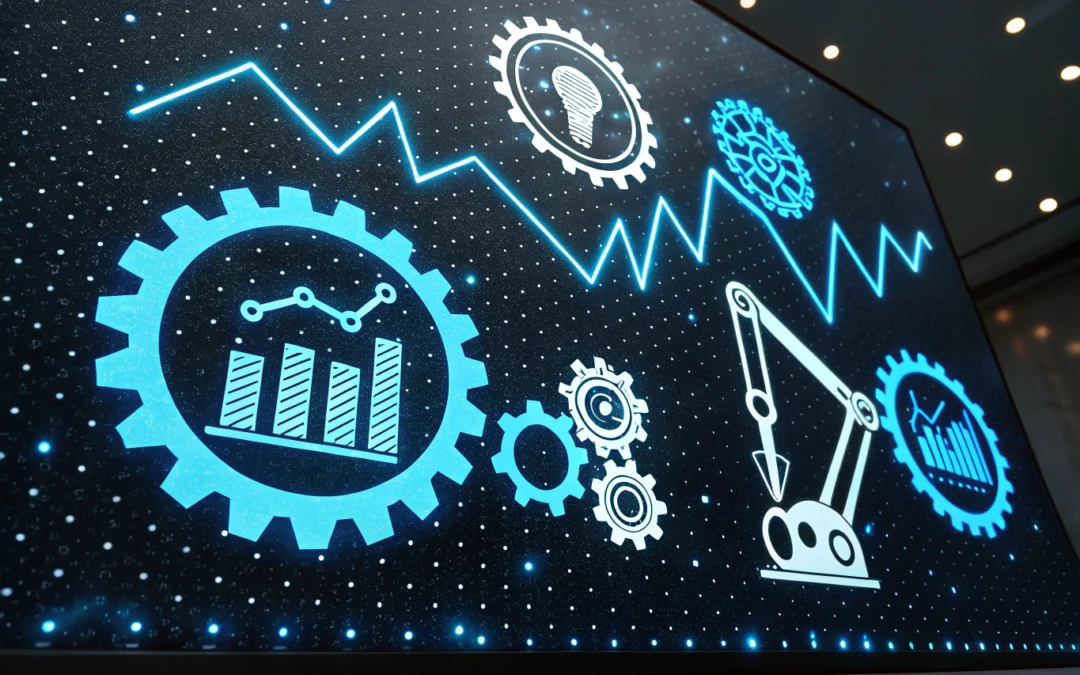Decoding Intelligent Workflow Automation: The AI Intern at Work
Picture this: a bustling workspace where tasks are seamlessly managed, deadlines are consistently met, and productivity is through the roof. Now, sprinkle a bit of AI magic into the mix, and what you have is intelligent workflow automation. This concept might sound like a scene from a sci-fi movie, but it’s happening right now. Yet, the reality isn’t as grandiose as it might seem. Think less “AI overlord” and more “AI intern”—capable, but needing guidance.
Understanding the Role of AI in Workflow Automation
AI isn’t the all-knowing entity that some portray it to be. In fact, its role in workflow automation is much like that of an intern who’s been given a powerful toolset. It sorts through the mundane, repetitive tasks—like data entry or scheduling—freeing up human brains for more complex problem-solving. However, just like any intern, AI needs supervision, a clear set of instructions, and sometimes, a little help in understanding the bigger picture.
The Promise and Pitfalls of Automation
There’s a lot of chatter about how AI will either lead us to a utopian future or push us into dystopia. The truth is, it’s somewhere in between. With intelligent workflow automation, we’re making strides toward efficiency, but this journey isn’t without its bumps. AI can sometimes make decisions that leave us scratching our heads. It might misinterpret data or prioritize tasks in a way that seems, well, less than intelligent. This is why the human element remains crucial. We need to step in as mentors to guide our AI interns, ensuring they’re aligned with the company’s goals and cultural nuances.
Bridging the Gap: Collaboration is Key
Intelligent workflow automation thrives on collaboration. It’s a symbiotic relationship where humans and AI work together to create something greater than the sum of their parts. Humans provide the creativity, empathy, and strategic oversight, while AI handles the heavy lifting of data processing and routine task management.
For instance, consider a marketing team deploying an AI tool to analyze customer feedback. The AI can quickly parse through mountains of data, identifying trends and sentiments. But it’s the human marketers who will craft a campaign that resonates, drawing on cultural insights and creative flair that AI lacks.
Actionable Business Recommendations
- Start Small: Begin with automating simple tasks that are repetitive and time-consuming. This allows your team to get comfortable with the technology and understand its limitations.
- Invest in Training: Just like an intern, AI requires training. Invest time in setting up protocols and guidelines that the AI can follow, and ensure your team knows how to interact with it effectively.
- Keep Humans in the Loop: Always have a human overseer to monitor AI-driven processes. This not only helps in catching errors early but also ensures that the AI’s output aligns with business objectives.
- Iterate and Improve: Continuously assess the performance of your AI tools and refine your strategies. Encourage feedback from team members who interact with the AI to identify areas for improvement.
In conclusion, intelligent workflow automation holds great promise, but it’s not a set-it-and-forget-it solution. By thinking of AI as an intern—one that’s capable yet in need of guidance and collaboration—we can harness its potential while avoiding the pitfalls of over-reliance. The future of work isn’t just about machines taking over; it’s about humans and AI working hand in hand, creating a more efficient and innovative workplace.
Checkout ProductScope AI’s Studio (and get 200 free studio credits)

